Steel coil damage during transit costs billions annually. Traditional packaging struggles with consistency, corrosion risks, and supply chain opacity. These inefficiencies erode profitability and customer trust. Enter smart technology and digitalization—transforming coil packing from passive protection to proactive asset management.
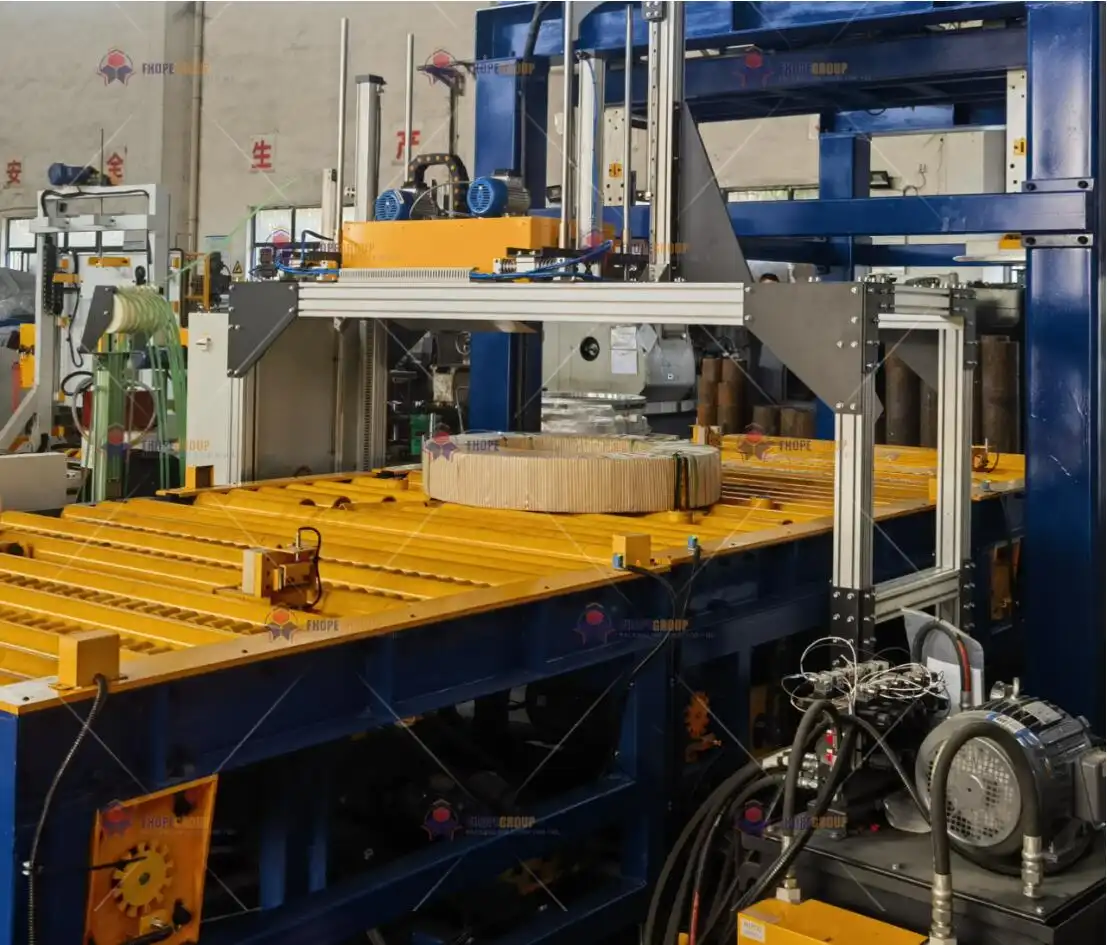
The future of coil packing integrates IoT sensors, AI-driven analytics, and automated machinery to create intelligent packaging ecosystems. These systems provide real-time monitoring of temperature, humidity, and structural integrity during transit, drastically reducing damage rates. Automation enhances throughput by 300% while cutting material waste by 40%. Sustainability advances like biodegradable VCI films and reusable steel containers align with circular economy goals, making smart coil packing essential for competitive, resilient supply chains.
This evolution isn’t incremental—it’s revolutionary. Below, we dissect how automation, IoT, sustainability, and ROI converge to redefine coil packaging.
I. The Automation Imperative in Coil Packaging
Labor-intensive manual packing can’t meet modern demands for speed and precision. Human error causes 23% of coil damage incidents, while throughput rarely exceeds 5 coils/hour. Automation bridges this gap with integrated systems that handle, wrap, strap, and label coils autonomously.
Automated coil packing lines replace error-prone manual processes with robotic handling, precision strapping, and AI-guided quality control. These systems achieve throughputs of 60-90 coils/hour while reducing labor costs by 70%. Integrated sensors monitor tension, alignment, and environmental conditions in real time, ensuring consistent protection and slashing damage rates by up to 40%.
Core Technologies Driving the Shift
Table: Automation Components & Capabilities
| Component | Function | Impact |
|---|---|---|
| Robotic Coil Handlers | Lift/position coils (up to 45 tons) | Eliminate manual lifting injuries |
| IoT-Enabled Strappers | Apply steel/PET straps with optimal tension | Prevent telescoping damage; 30% material savings |
| Through-Eye Wrappers | Seal coil eyes against moisture | Corrosion reduction up to 90% |
| Vision Inspection Systems | Detect surface defects/packaging errors | 99.8% quality compliance |
Robotics & Adaptive Handling
6-axis robots with magnetic grippers position coils within 0.5mm accuracy. Autonomous Mobile Robots (AMRs) like MiR1000 transport coils between production and storage, synchronizing with Warehouse Management Systems (WMS). At JSW Steel, AMRs reduced forklift traffic by 60% while boosting warehouse throughput to 50+ coils/hour.
Sensor Networks for Precision
- Tension Sensors: Laser-guided load cells optimize strap tension, preventing edge crush (over-tension) or instability (under-tension)
- 3D Vision Systems: Scan coil geometry to auto-adjust wrapper settings; detect surface imperfections >0.3mm
- Positioning Sensors: LVDTs ensure radial strappers align perfectly with coil eyes (±1mm tolerance)
Case in point: Signode’s VK30 strapping head uses ultrasonic sealing to secure coils 3x faster than manual methods while requiring 25% less steel strap material.
II. IoT & Industry 4.0: The Intelligence Backbone
Sensors alone aren’t transformative—it’s the data ecosystem that unlocks value. IoT integrates packaging lines with ERP/MES platforms, turning real-time metrics into actionable intelligence.
IoT transforms coil packaging into a data hub. Embedded sensors track location, temperature, humidity, and shock events during transit, streaming data to cloud platforms via OPC UA or MQTT protocols. AI algorithms predict maintenance needs 48+ hours before failures, reducing downtime by 45%. Digital twins simulate packaging processes to optimize material use and energy consumption pre-deployment.
Data Architecture in Action
Table: IoT Protocol Comparison
| Protocol | Use Case | Advantage | Industry Adoption |
|---|---|---|---|
| OPC UA | Machine-to-MES communication | High security; rich data modeling | 78% of new lines |
| MQTT | Sensor-to-cloud telemetry | Low bandwidth; ideal for remote sites | 62% |
| Bluetooth LE | Mobile device connectivity | Quick diagnostics via tablets/phones | 41% |
Predictive Maintenance with AI
Vibration sensors on wrapper motors feed data to ML models that correlate patterns with failure histories. At All Metal Stamping, this slashed unplanned downtime by 80% and maintenance costs by $120,000/year. Anomalies trigger alerts like: "Radial strapper #3 bearing degradation detected – replace within 14 days."
Digital Twins for Optimization
Pesmel’s TEW (Through-Eye Wrapping) digital twins simulate film consumption under different scenarios. Users test variables like:
- Coil diameter fluctuations
- Humidity levels
- Film thickness
Result: 22% less film waste and optimized VCI deployment. Nippon Steel’s logistics twin reduced packing time per coil by 5 minutes through virtual layout testing.

III. Sustainable Smart Packaging Solutions
Regulatory pressures (EU’s EPR, UK Plastic Tax) demand eco-friendly packaging. Smart tech enables this transition without compromising protection—biodegradable films now match PE barrier performance while reducing CO₂ footprint by 60%.
Sustainable coil packaging combines advanced materials with IoT-driven efficiency. Biodegradable VCI films, PET straps with 30% recycled content, and fiber-based edge protectors replace traditional plastics. Automated systems apply these materials with precision, cutting waste by 40%. Reusable steel containers monitored by RFID achieve 95% return rates in closed-loop supply chains, slashing single-use packaging costs.
Material Innovations & Circularity
Next-Gen Protective Materials
- Bio-Based VCIs: Cortec’s BioPad® uses plant-derived inhibitors; decomposes in 180 days vs. 500+ years for PE
- Recyclable Composites: Lamiflex Lamishield replaces wood/steel protectors; 100% recyclable
- Self-Healing Coatings: Nanocoatings repair micro-scratches during transit, preventing corrosion initiation
Automation Enables Green Goals
- Precision Wrapping: AI algorithms calculate minimal film needed per coil geometry (avg. 30% savings)
- Energy Recovery: Regenerative drives capture braking energy from downenders—cuts power use by 18%
- Lifecycle Tracking: RFID tags on reusable containers log usage cycles, automating maintenance schedules
Case Study: Volvo’s Reusable Cab-Skids
- RFID-tracked steel frames replace disposable packaging
- 12+ reuse cycles before refurbishment
- 82% lower carbon emissions vs. wood/plastic solutions
- $3.2M saved annually across 4 factories

IV. ROI & Implementation Strategies
High upfront costs deter adoption—but data proves ROI within 18 months. JSW Steel’s $4.2M automated line paid back in 14 months via labor/material savings and damage reduction.
Automated coil packing delivers ROI in 12-24 months through labor reduction (70%), damage cost avoidance (up to $180/coil), and material savings (30-40%). Modular systems allow phased implementation: Start with IoT sensors on existing lines, add robotic strappers, then integrate full automation. Workforce upskilling is critical—partner with vendors like Siemens for PLC/robot operation training.
Quantifiable Benefits Breakdown
Table: ROI Drivers in Smart Coil Packaging
| Benefit Area | Savings/Improvement | Case Example |
|---|---|---|
| Labor Costs | 70% reduction | Steel service center: Saved $1.1M/yr |
| Material Waste | 30-40% less film/strapping | All Metal Stamping: 80% less banding |
| Damage Claims | $120-$180/coil avoided | Automotive supplier: 45% fewer returns |
| Energy Consumption | 15-20% reduction via optimization | Coating line: 340 MWh/year saved |
| Throughput | 300% increase (5→20+ coils/hr) | JSW Steel: >50 coils/hr achieved |
Phased Implementation Roadmap
-
Stage 1: Sensorization (ROI: 6 months)
Deploy IoT humidity/temperature loggers (e.g., DS1923 iButton). Integrate with SAP EWM for real-time alerts. Cost: ~$20k/line. -
Stage 2: Automation Islands (ROI: 12 months)
Add robotic strappers (Fromm) or wrappers (Pesmel TEW). Connect to MES for OEE tracking. Cost: $350k-$800k. -
Stage 3: Full Integration (ROI: 18-24 months)
Implement AI-driven predictive maintenance and digital twins. Cost: $1.2M-$3M.
Overcoming Adoption Barriers
- Financing: Lease models (e.g., Signode’s Tech-as-a-Service)
- Legacy Integration: OPC UA gateways bridge old PLCs with new IoT platforms
- Skills Gap: Co-managed services with vendors during transition

V. Market Evolution & Competitive Landscape
The $59B packaging machinery market grows at 6.1% CAGR, with smart coil systems outpacing at 10.5%. Leaders like Signode and Pesmel dominate, but disruptors like FHOPEPACK offer cost-competitive IoT solutions.
Key manufacturers are merging automation with sustainability: Signode’s EcoStrap uses 100% recycled PET, while Pesmel’s TEW system cuts film use by 25%. Regional trends show Europe leading in regulatory compliance (GDP standards), while Asia excels in scalable IoT solutions. Expect consolidation as players like SMS group acquire niche tech providers to offer end-to-end solutions.
Strategic Positioning for 2030
- Differentiation: Amova’s AI-powered "zero-defect packaging" guarantees <0.1% damage rates
- Sustainability Focus: Fives Group’s recyclable polymer straps avoid UK Plastic Tax
- Modularity: Red Bud Industries’ plug-and-play stations allow incremental upgrades
Emerging Opportunities
- Blockchain Integration: Tamper-proof logging of coil conditions for pharma/automotive
- Advanced Materials: Shape-memory polymers that self-tighten straps during transit
- Autonomous Logistics: AI-coordinated AMRs between mills, packing lines, and railyards
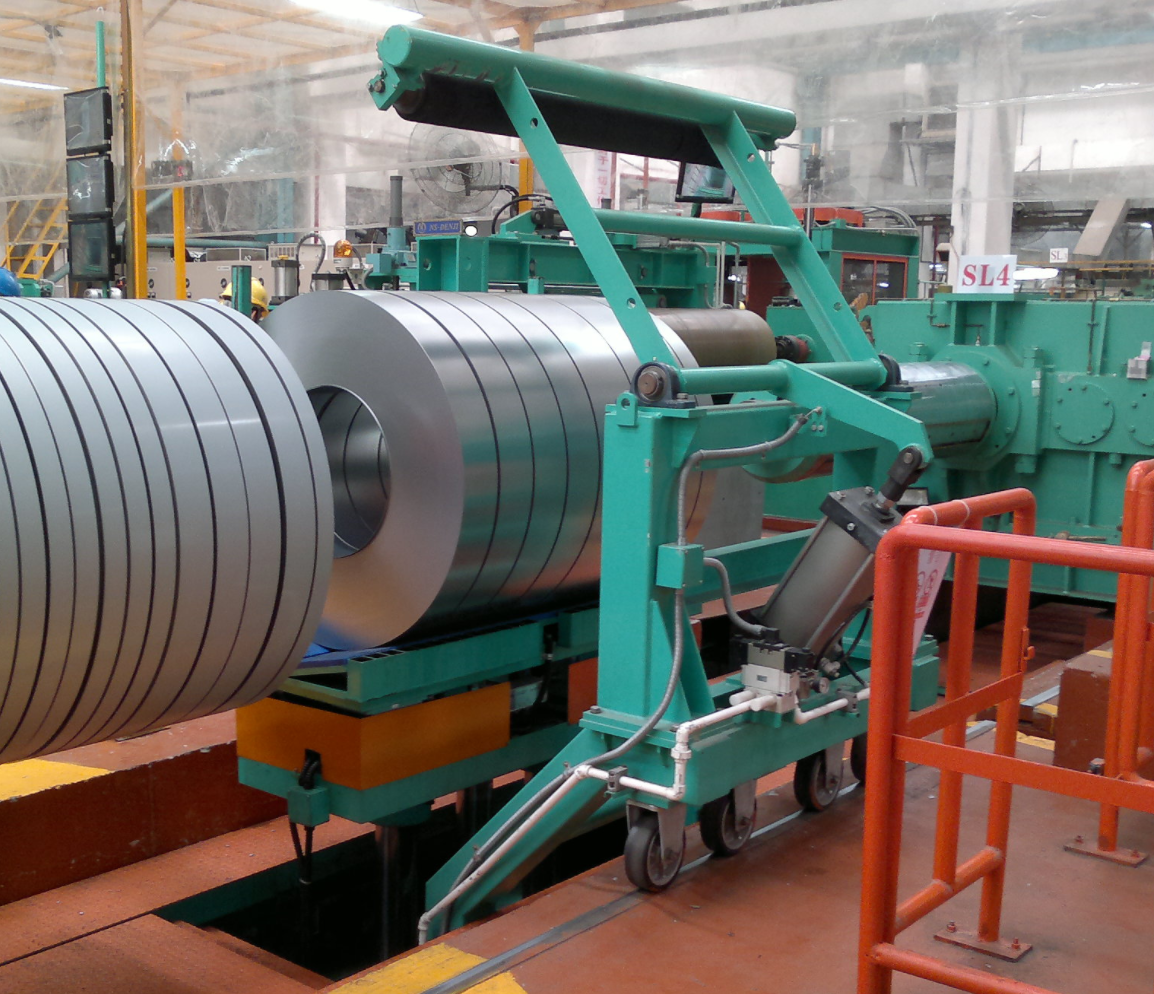
Conclusion: The Intelligent, Sustainable Future
Smart coil packaging is no longer optional—it’s the cornerstone of resilient, efficient, and sustainable metal logistics. The fusion of IoT monitoring, robotic automation, and eco-materials slashes costs while boosting reliability. Companies like JSW Steel prove ROI is achievable within 18 months, with ongoing gains from predictive analytics and waste reduction. As regulations tighten and customer expectations rise, laggards risk irreversible competitive disadvantage. The path forward is clear: Partner with automation specialists for phased implementation, invest in workforce upskilling, and leverage data to drive continuous improvement. Embrace Smart Packing now, or cede the future to those who do.

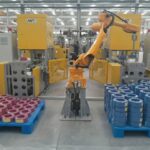
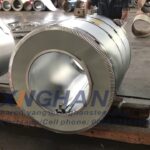




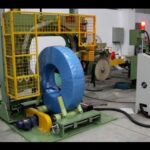






Leave a Reply
You must be logged in to post a comment.